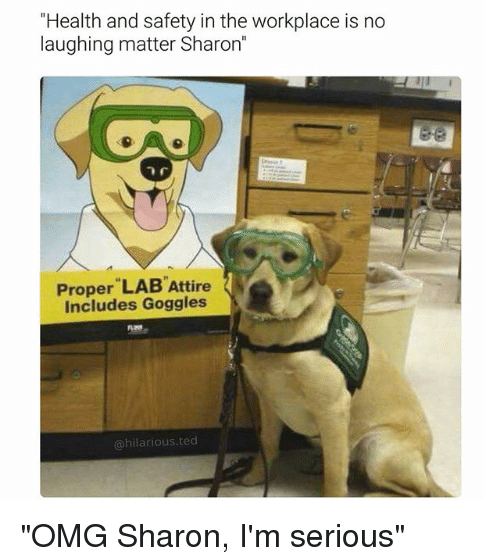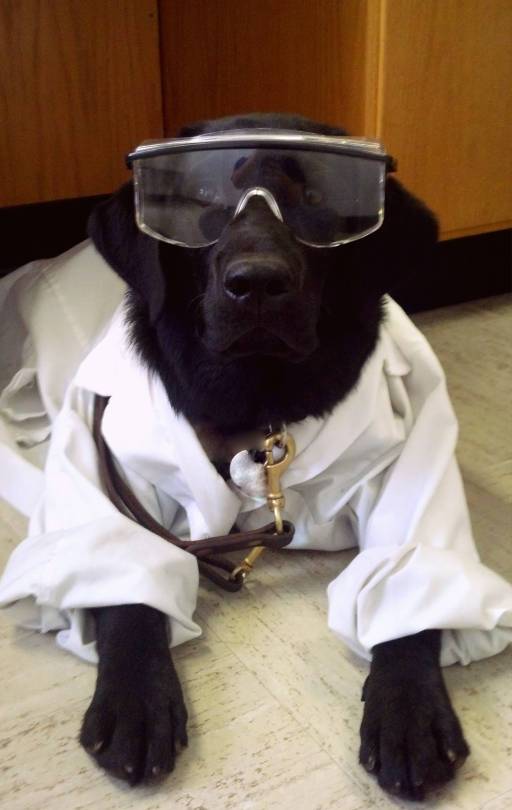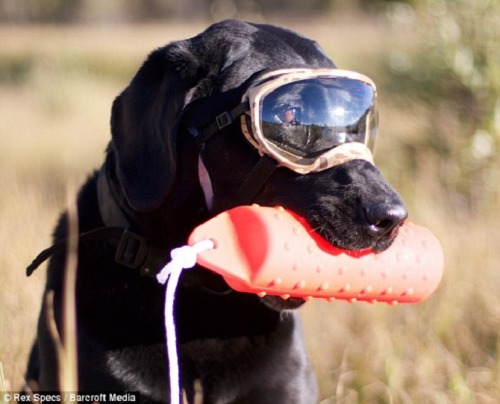
The human eye is often taken for granted. When it comes to our eyes, it is most important to protect the eyesight we have been given. More than 700,000 work-related eye injuries occur each year.
The majority of injuries that happen within the workplace are due to small particle abrasion in the eye or chemical splashing. Examples of this could be: metal, wood, UV radiation burns, or cleaning products. However, our eyesight can be damaged without a tragic accident or spill. A recent survey found that computer work alone resulted in 14% of patients’ reported eye problems. This number is expected to increase as our jobs and daily activities become more computer screen driven. Because eyesight can be at risk in numerous ways, it is extremely important to be aware of and practice eye safety in the workplace. The consequences of not doing so could lead to a precious loss of vision.
10 eye safety tips for Workplace Eye Wellness Month
Share these injury-prevention tips with managers and supervisors.
- Look carefully at plant operations, work areas, access routes, and equipment. Study injury patterns to see where accidents are occurring.
- Conduct regular vision testing, as uncorrected vision can cause accidents.
- Select protective eyewear based on specific duties or hazards.
- Establish a mandatory eye protection program in all operation areas.
- Have eyewear fitted by a professional.
- Establish first-aid procedures for eye injuries, and make eyewash stations available, especially where chemicals are in use.
- Make eye safety part of your employee training and new hire orientation.
- Make sure managers and executives set an example by wearing protective eyewear wherever it’s worn by other employees.
- Regularly review and revise your policies, and set a goal of zero eye injuries.
- Display a copy of your policy where employees can see it.
It’s also a good time to remind employees of off-the-job eye hazards like do-it-yourself work on cars and homes, cooking accidents, sports injuries, yard work, and chemical splashes from cleaners and fertilizers.
Here are some good examples of eye safety:

This is a pharmacy dog. They wear their lab coat and goggles to protect them from splashing solutions/suspensions.

This is a science dog. They wear fitted goggles to protect them from any kind of substance getting in their eyes. Notice they also wear nice fitted shoes that cover all of their feet, ensuring protection from any substances.

This is a water rescue dog. Notice how they wear large fitted goggles to provide clarity as well as protection from rough waves. They also have a fluorescent floatie to allow others to see where they are even when diving under.
Written By:
Scott Baylard, OD
Complete Family Eyecare